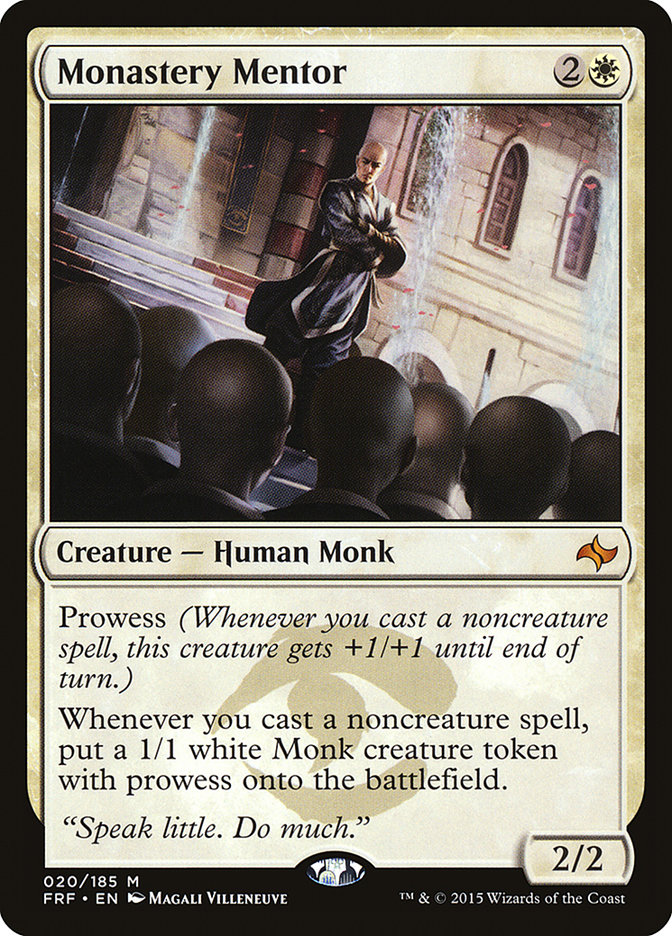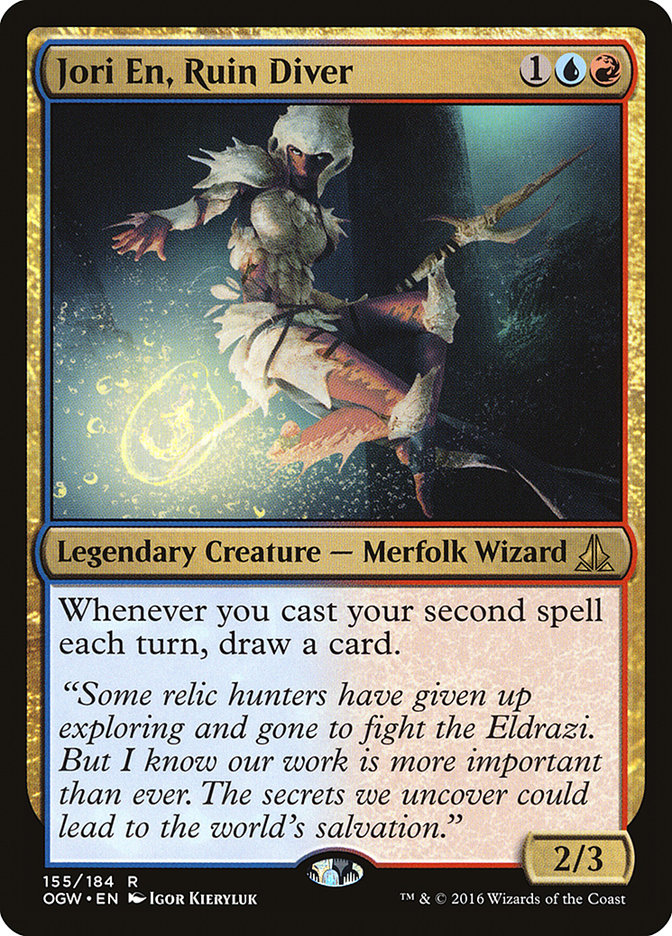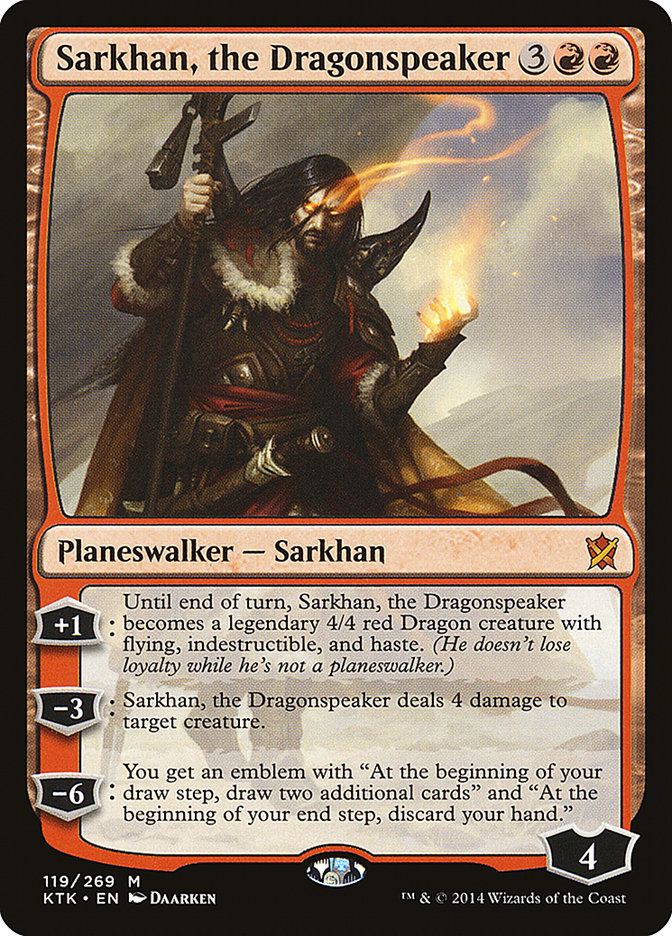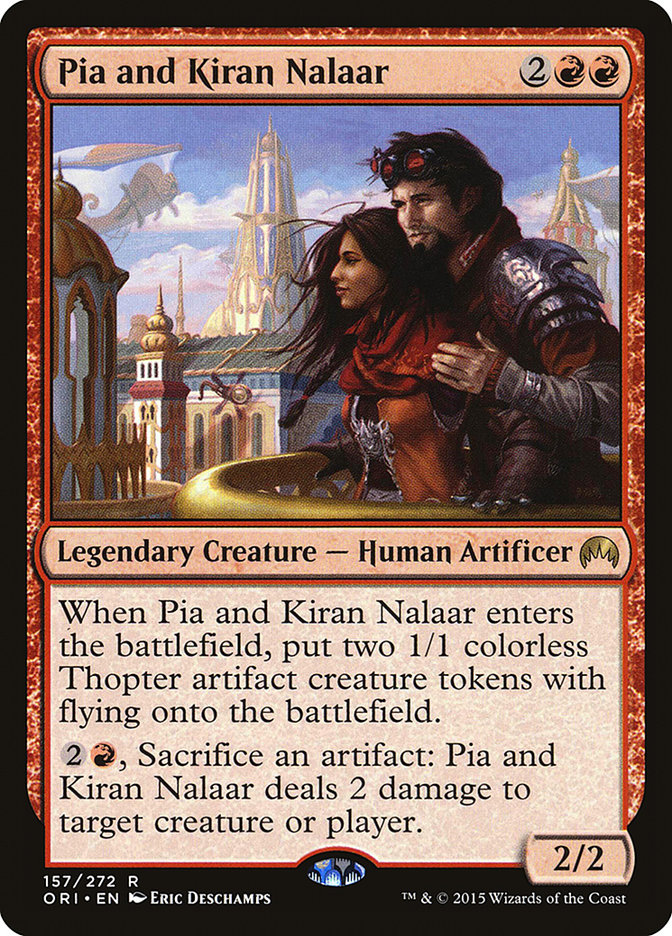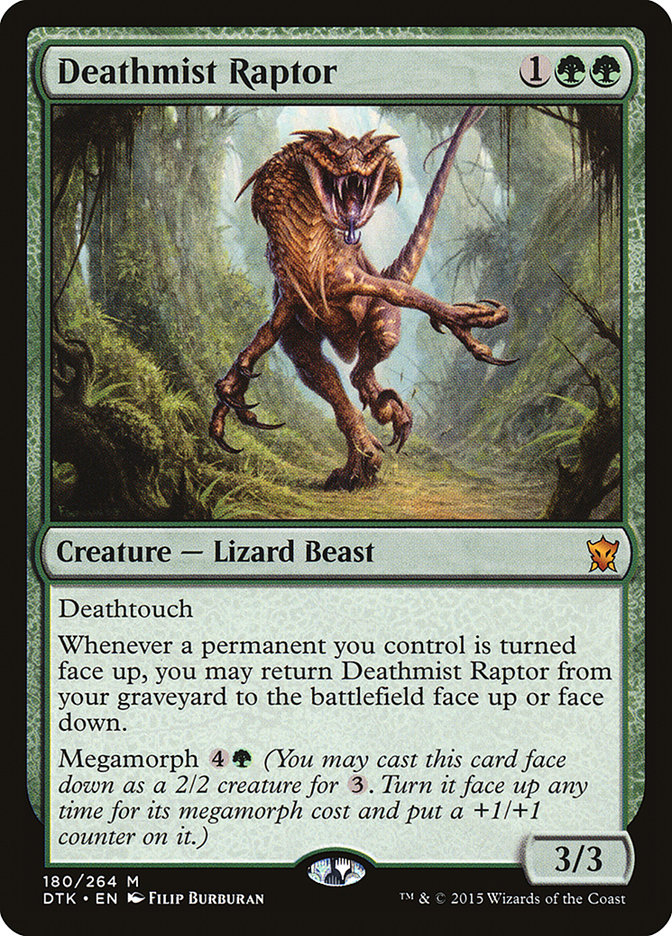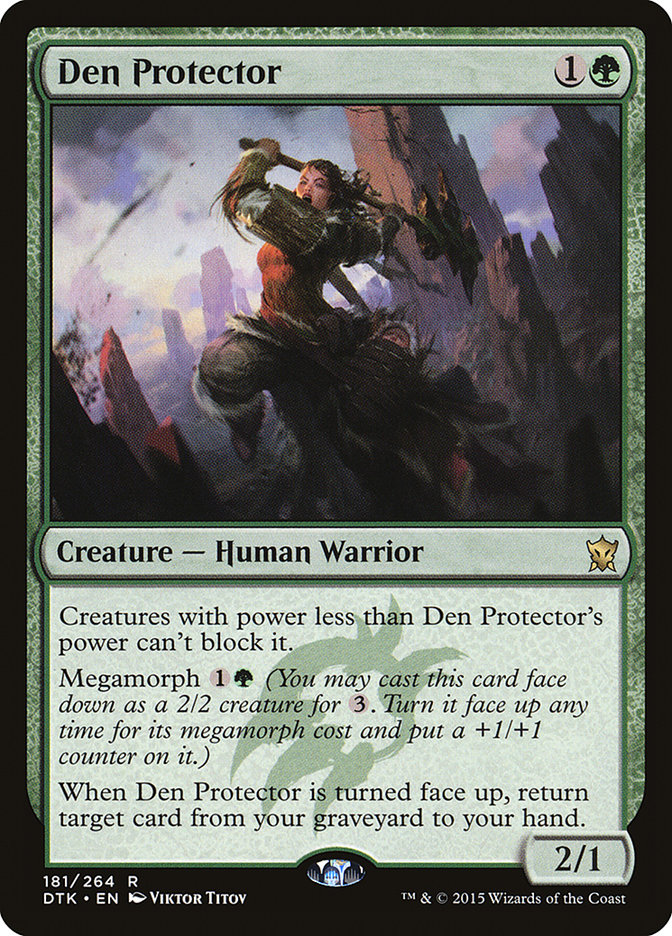 Grixis Control or Jund Control? Should I play Mantis Rider? Is Pulse of Murasa great?
Grixis Control or Jund Control? Should I play Mantis Rider? Is Pulse of Murasa great?
I’ve been testing for my Regional Pro Tour Qualifier, and I have those answers.
Jeskai Black
Let’s start with my favorite.
In order for my version of Jeskai Black to be good, control has to be a viable strategy. You should want to be killing their stuff and killing them eventually, and it has to be a plan that actually works. However, there are some decks, like G/R Eldrazi Ramp and Four-Color Rally, which require specific threats to defeat.
If that’s the case, adding such cards to your controlling Jeskai Black deck isn’t the right way to go about things. For the last couple of weeks, I’ve been building off the premise that, instead of controlling people, I’m supposed to be jamming threats.
That mentality lead to me to trying all sorts of decks. Thankfully, there was plenty of information for me to work with, as jamming threats seems to be what everyone wants to do anyway.
Creatures (12)
Planeswalkers (2)
Lands (26)
Spells (20)

I’ve been told that Beena is Yuuya Watanabe.
I don’t agree with a lot of things here, but I get what’s happening. Four Duress and four Monastery Mentor clearly nod toward the G/R Eldrazi Ramp matchup, but I’m honestly not even sure how good Duress and Mentor are if they have Kozilek’s Return. Thankfully, they’ve been moving away from those in order to play some two-drop mana accelerators.
If that’s the case, then Monastery Mentor is certainly where you want to be, at least against G/R Eldrazi Ramp. The main issue I have is that Duress is much worse than having a counterspell against Four-Color Rally. In Game 1, the matchup is going to be close no matter what, so maybe it doesn’t matter much. G/R Eldrazi Ramp is definitely what I fear more. Yuuya did lose to Lee Shi Tian’s Bant Company deck in the Top 8, a matchup where Duress is certainly worse than Dispel.
I’m not a fan of Gideon, Ally of Zendikar in this deck. It can be difficult to keep their battlefield entirely clear, making Gideon very vulnerable. If you have Monastery Mentor going, Gideon should be well-defended, but you’re probably winning anyway. I can appreciate wanting another threat against G/R Eldrazi Ramp, but I’m not sure how well it stacks up against them without Mantis Rider.
Finally, we have the sideboard. This seems like the ole “Pile of Jeskai Black Cards I Own,” which is odd, considering how tuned the maindeck appears. A better sideboard would likely help the deck significantly.
Again, for a more aggressive option, there’s Andrew Tenjum’s deck from #SCGCOL. No matter what type of Jeskai Black you want to play, it’s viable. Plus, you get to play Reflector Mage!
Grixis Control
At first I thought not having Crackling Doom was going to be a deal-breaker for a control deck. Then I started playing more Murderous Cuts and Ruinous Paths and everything was fine.
Then I thought not having lifegain was going to be a deal-breaker for a control deck. Then a kind soul on Twitter told me to splash Pulse of Murasa, which made plenty of sense.
Then I thought the G/R Eldrazi Ramp matchup wouldn’t be good, but Patrick Chapin’s Rakshasa’s Secret tech caught my eye.
Creatures (11)
Planeswalkers (1)
Lands (26)
Spells (22)

This deck is a bastardization of Ignacio Barbero’s initial concept. Jori En, Ruin Diver and the big planeswalkers are mostly gone. Instead, I’ve shifted the deck more towards the controlling spectrum.
Shocking, right?
For this deck, I feel like it’s actually correct. In order to beat Rally, you need to stick Kalitas, Traitor of Ghet; in order to beat G/R, you basically need to make them discard all their cards. At no point do things like Jori En, Ruin Diver or Sarkhan, the Dragonspeaker really help you. Those cards are definitely nice in other midrange or control matchups, though.
The Pulse of Murasa splash isn’t pretty, but it does the trick. Splashing a single Cinder Glade is basically free and Pulse of Murasa itself is very good. Being able to flash it back with Jace, Telepath Unbound is even better. This deck might be too creature-light to take advantage of it fully, but it has served me well.
Rakshasa’s Secret, in combination with other pinpoint discard like Duress and Transgress the Mind, is phenomenal against G/R Eldrazi Ramp. They will soon have no hand with very few lands on the battlefield, making it nearly impossible for them to topdeck out of the situation. Given enough time, they certainly could, but not if you have a huge threat hitting them, which is generally what Chandra, Flamecaller is good for.
If I were playing in a Regional Pro Tour Qualifier this weekend, I wouldn’t play this deck. I’ve fixed plenty of the holes, although not with great solutions. Now that Yuuya’s maindeck is out there and the G/R Eldrazi decks are playing fewer Kozilek’s Returns, I would want to try that rather than trying to play what is effectively a bad version of that deck.
Mardu Green
In order to understand how I got to the version of Mardu Green that I like, we need to look for some inspiration from #marduguy.
Creatures (16)
- 3 Soulfire Grand Master
- 2 Pia and Kiran Nalaar
- 2 Hangarback Walker
- 3 Ayli, Eternal Pilgrim
- 2 Kalitas, Traitor of Ghet
- 4 Goblin Dark-Dwellers
Lands (26)
Spells (18)

This deck is kinda great and it makes me wonder if Ayli, Eternal Pilgrim should see play in more spots. Abzan is kind of a natural fit, except for the whole nombo with Warden of the First Tree, which you would prefer to play on turn 1. Of course, you could play the painland version, maybe with some Eldrazi, which is what some of the other Mardu decks in the format are doing.
I still disagree with Read the Bones over Painful Truths, despite the presence of Goblin Dark-Dwellers. You will often have no shortage of things to do with your Goblin Dark-Dwellers, so missing out on rebuying Read the Bones isn’t a big issue, especially once you realize that by rebuying Read the Bones, you’re on parity compared to casting Painful Truths and then rebuying something else. Sure, you’re up some scrys, but you’re also down a life point and didn’t get to remove anything from the battlefield.
Pia and Kiran Nalaar are great and everything, but I still want Siege Rhino alongside my Crackling Doom and Goblin Dark-Dwellers. The more controlling I made the Grixis deck, the less the Goblin Dark-Dwellers made sense. However, having Siege Rhino and Crackling Doom to go along with the Goblin Dark-Dwellers did make sense. Despite beating up on Mardu Green with Grixis Control repeatedly, I wanted to try the Mardu Green deck myself.
I used to use the same Jeskai Black strategy with this deck, drawing a bunch of cards with Painful Truths and eventually winning with Soulfire Grand Master plus Crackling Doom. Siege Rhino was just another lifegain card that conveniently brick-walled a bunch of creatures. With Goblin Dark-Dwellers, I think all that changes. This deck should be built similarly to the Abzan Control decks of last season; every card should be a game-changer.
Cards like Wild Slash or Fiery Impulse don’t have a home here. This deck doesn’t want to win the game by drawing a bunch of cards with Painful Truths, so you can’t afford to play cards that might be dead at some point. Instead, I would build it like this:
Creatures (15)
- 4 Siege Rhino
- 4 Soulfire Grand Master
- 2 Ayli, Eternal Pilgrim
- 2 Kalitas, Traitor of Ghet
- 3 Goblin Dark-Dwellers
Planeswalkers (2)
Lands (26)
Spells (17)

Rakshasa’s Secret was something I tried in the maindeck, but I wasn’t a huge fan of it. The card was fine and kind of fit the game plan, but I’d still rather be killing people with this deck than actually trying to grind them out. Some Painful Truths remain in the maindeck, but that’s only because of how good of a job they do helping you hit your land drops.
This deck is mostly just a jam-fest. Each turn, you count your mana, play your biggest spell, and hope they die. If that’s your thing, you could do worse than register Mardu Green.
Jund Midrange
Neither Grixis nor Mardu Green really did it for me, so why did I think building a Jund deck would be a good idea?
Creatures (13)
- 1 Tasigur, the Golden Fang
- 2 Den Protector
- 3 Kalitas, Traitor of Ghet
- 3 Goblin Dark-Dwellers
- 4 Sylvan Advocate
Planeswalkers (2)
Lands (26)
Spells (19)

Oath of Nissa is a card that I’d like to play, as I’ve been fairly impressed by it out of a number of different strategies, although this deck is currently too spell-heavy. It could certainly be rebuilt, but it’s not what a controlling deck wants anyway. I’m starting to think that Fiery Impulse doesn’t belong in this deck either. I kind of want to rebuild it with more spot removal and maybe more planeswalkers like Ob Nixilis Reignited. Oath of Nissa might be reasonable in that deck, but it’s probably not worth exploring.
Sylvan Advocate is an early beater than can hold the fort, but it isn’t enough to make me want to play Jund when I could just play Mardu Green and have a reasonable white two-drop instead.
Beating Bant Company with Control
Realistically, you need to kill all their stuff. Cheap counterspells such as Dispel will help fight Collected Company and their sideboarded counterspells. They’ll attempt to leverage both to get ahead, basically by pinning you on mana, but your own Dispels fight that quite well.
Duress is another option, but one that doesn’t always work well. Sometimes you need them to commit the mana to casting their card and sometimes you won’t be able to Duress the Collected Company they’re about to flash back with Jace, Telepath Unbound.
Deathmist Raptor and Den Protector throw a giant wrench into the “kill everything” plan also. You might be able to fight Collected Company, but can you fight Deathmist Raptor? Kalitas, Traitor of Ghet plays a huge role here, but only if you can play it in the same turn as a removal spell. Most of the time, you won’t be giving them a profitable target for Reflector Mage. Once you finally do, you need to be doing something else in that same turn in order to not get punished.
Use your mana well, defend yourself against their threats, and try not to fight losing battles against their counterspells and Reflector Mages.
The Real Hero Here
Creatures (20)
- 4 Anafenza, the Foremost
- 4 Siege Rhino
- 1 Tasigur, the Golden Fang
- 4 Warden of the First Tree
- 2 Den Protector
- 3 Reflector Mage
- 2 Sylvan Advocate
Planeswalkers (3)
Lands (25)
Spells (12)

Siege Rhino, Kalitas, and Gideon, Ally of Zendikar are all great, but they might be worse than Collected Company. Brad Nelson’s
Oath of Nissa does excellent work here, both allowing you to cut a land and helping you curve out. Finding that last Siege Rhino is important at times also. With creatures that function like spells, such as Reflector Mage and Den Protector, Oath of Nissa is even able to find cards that affect the battlefield. Additional copies even provide fuel for delve thanks to its legendary status! What more could you ask for?
The slight downside is how you have to build your deck, including your sideboard. You need creatures, but that’s okay. Thankfully we have things like Kalitas, Traitor of Ghet and Pitiless Horde that are excellent bullets in their respective matchups. In most matchups where you want the Duresses and Disdainful Strokes, you get to cut the removal spells in your maindeck, so it’s not like Oath of Nissa is ever in much danger of missing.
Only three Reflector Mages might be wrong, but at least online, I’ve been playing against a fair number of decks where it’s kind of a dead card. Reflector Mage is basically the best card in these creature mirrors, so I went searching for more expensive versions. Exert Influence and Dragonlord Silumgar are both game-changers and provide an excellent top end.
Again, I think this deck is great. It’s the deck I’ve been winning the most with out of my brews, but I haven’t tried Bant Company or an updated Jeskai Black recently. If my RPTQ were tomorrow, I’d register Abzan Blue, but I’ve still got plenty of work to do.

